A tertiary alcohol (H) upon acid-catalysed dehydration gives a product (I). Ozonolysis of (I) leads to compounds (J) and (K). Compound (J) upon reaction with KOH gives benzyl alcohol and a compound (L), whereas (K) on reaction with KOH gives only (M).

Compound (H) is formed by the reaction of:




The correct Answer is:B

i. Reaction of (J) with KOH suggests that it is Cannizzaro reaction. Therefore, (L) must be PhCOOK and (J) is (PhCHO).
ii. Structure of (M) is given, and it is α−β-unsaturated ketone. It suggests that(M) is obtained by the Aldol condensation of (K). So proceed reverse to get the structure of (K).
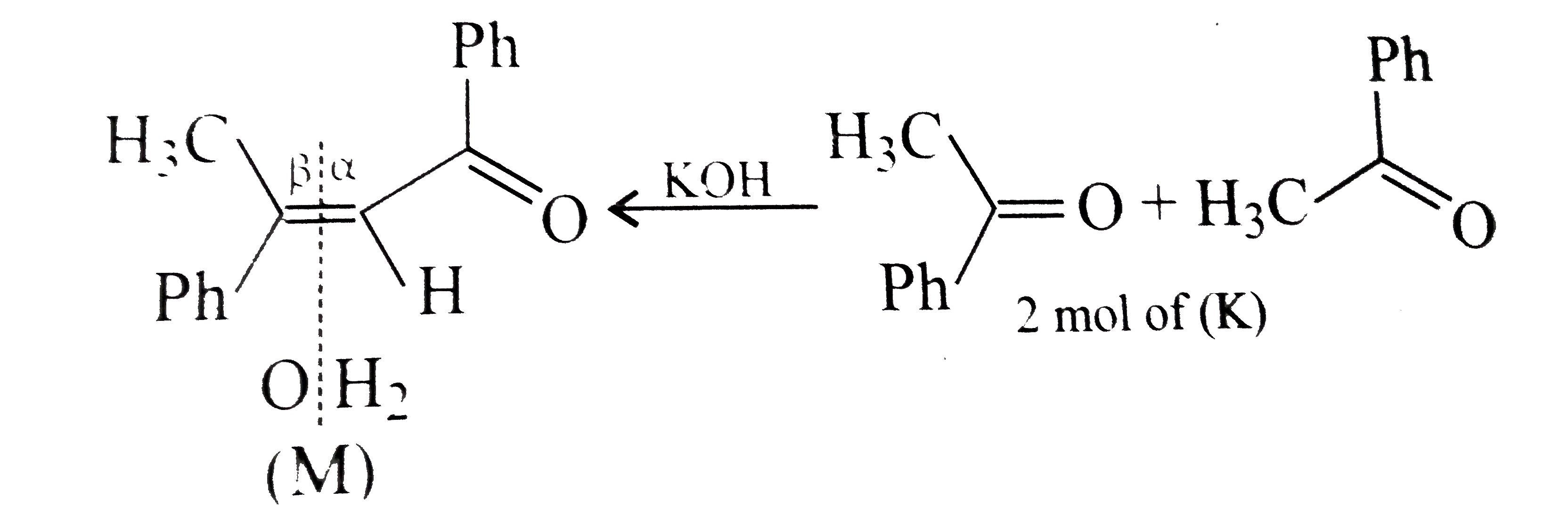
iii. Again proceed reverse to get the structure of (I) and (H).
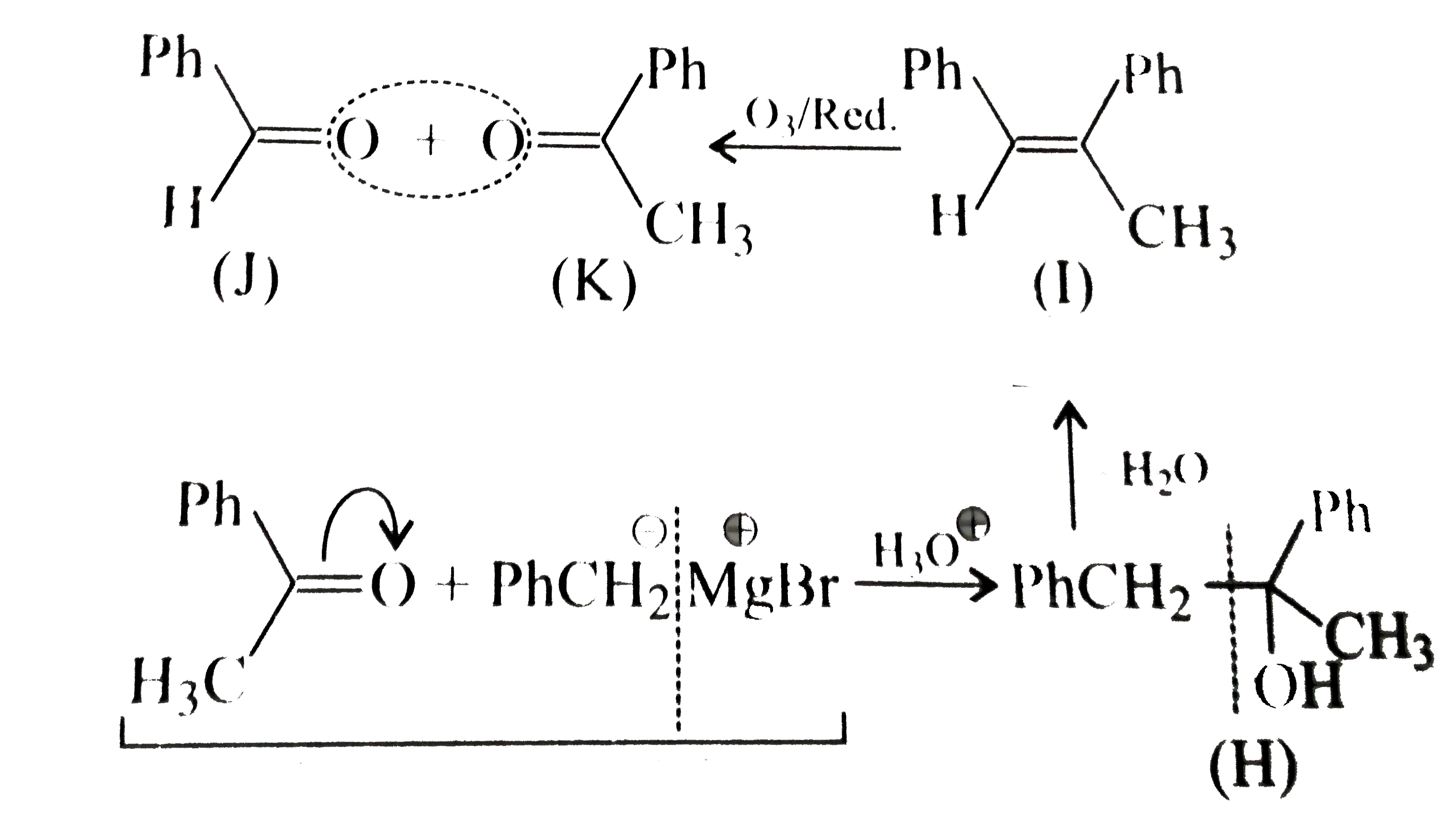
Reaction of (J):
PhCHO(J)+PhCHO(J)KOH−−→PhCOOK(L)+PhCH2OH
Topper's Solved these Questions
- ALIPHATIC AND AROMATIC ALDEHYDES AND KETONESBOOK - CENGAGE CHEMISTRYCHAPTER - ALIPHATIC AND AROMATIC ALDEHYDES AND KETONESEXERCISE - Archives Subjective
29 Videos
- ALIPHATIC AND AROMATIC ALDEHYDES AND KETONESBOOK - CENGAGE CHEMISTRYCHAPTER - ALIPHATIC AND AROMATIC ALDEHYDES AND KETONESEXERCISE - Archives True And False
1 Videos
- ALCOHOL,PHENOL AND ETHERSBOOK - CENGAGE CHEMISTRYCHAPTER - ALCOHOL,PHENOL AND ETHERSEXERCISE - Archives Analytical And Descriptive
15 Videos
- AMINESBOOK - CENGAGE CHEMISTRYCHAPTER - AMINESEXERCISE - QUESTION BANK
1 Videos
Similar Questions
A tertiary alcohol H upon acid- catalyzed dehydration gives a product I. Ozonolysis of to compounds J and K. Compound J upon reaction with KOH gives benzly alcohol and a compound L, whereas K on reaction with KOH gives only M.

The structure of compound I is
View SolutionA tertiary alcohol (H) upon acid-catalysed dehydration gives a product (I). Ozonolysis of (I) leads to compounds (J) and (K). Compound (J) upon reaction with KOH gives benzyl alcohol and a compound (L), whereas (K) on reaction with KOH gives only (M).
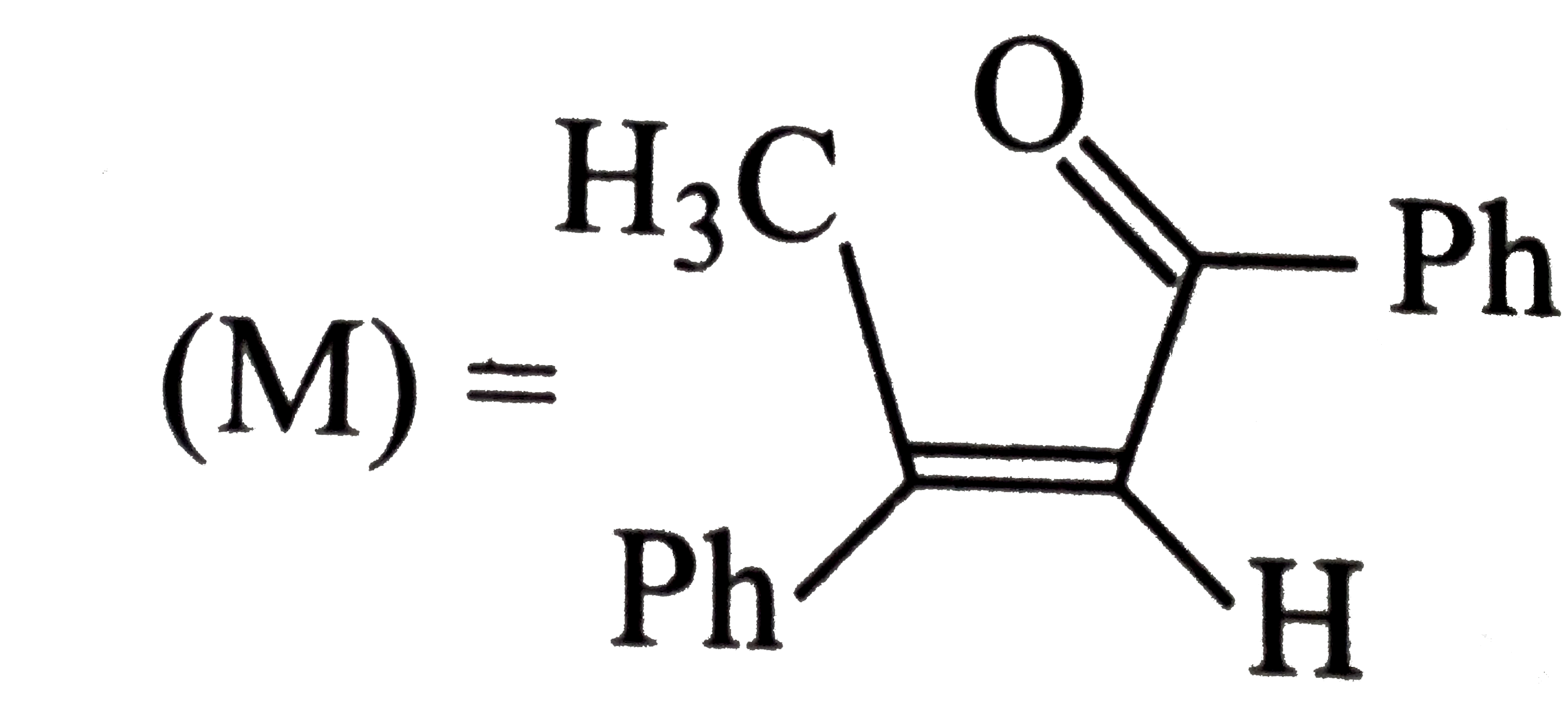
The structurer of compound (I) is:
View Solution
Knowledge Check
A tertiary alcohol (H) upon acid-catalysed dehydration gives a product (I). Ozonolysis of (I) leads to compounds (J) and (K). Compound (J) upon reaction with KOH gives benzyl alcohol and a compound (L), whereas (K) on reaction with KOH gives only (M).

The structurer of compound (I) is:A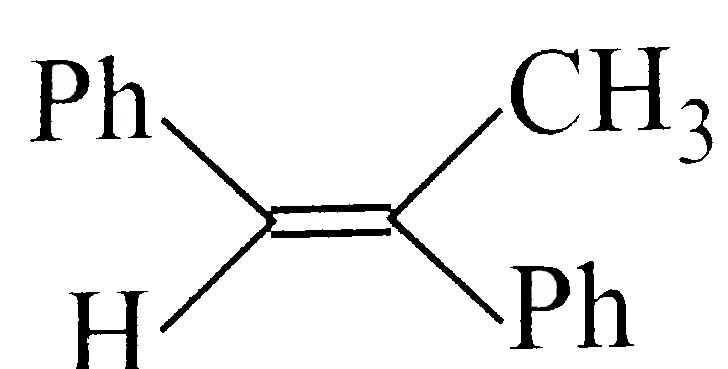 B
B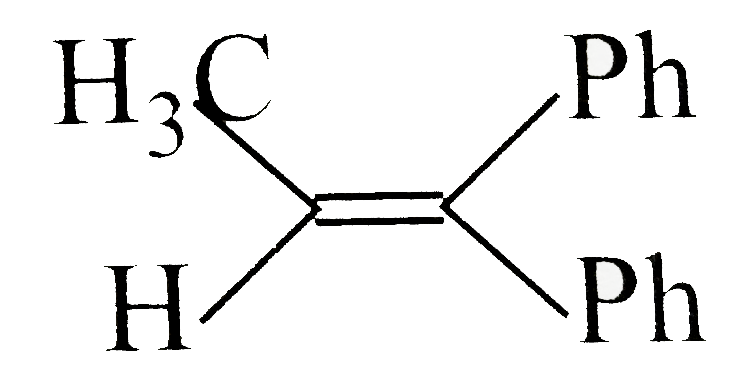 C
C D
D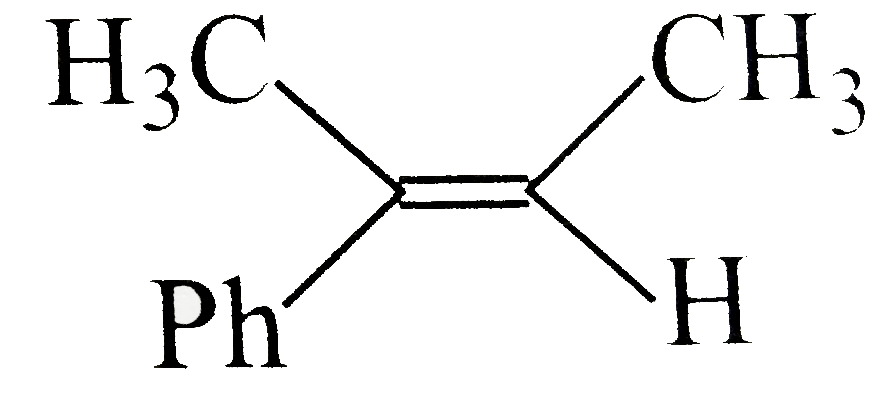
A tertiary alcohol (H) upon acid-catalysed dehydration gives a product (I). Ozonolysis of (I) leads to compounds (J) and (K). Compound (J) upon reaction with KOH gives benzyl alcohol and a compound (L), whereas (K) on reaction with KOH gives only (M).
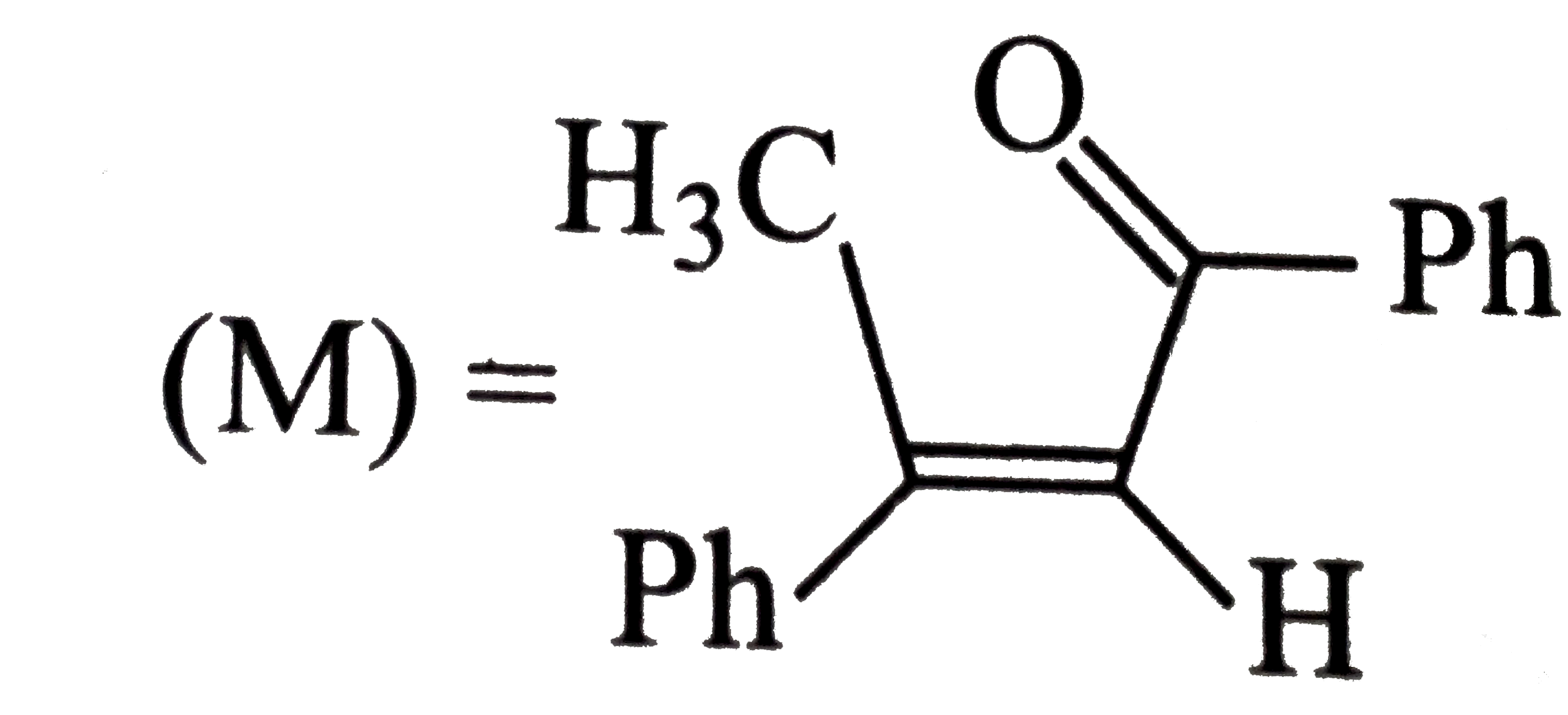
The structures of compounds (J), (K), and (L), respectively, are:APhCOCH3,PhCH2COCH3, and PhCH2COO−K+BPhCHO,PhCH2CHO, and PhCH2COO−K+CPhCOCH3,PhCH2CHO, and CH3COO−K+DPhCHO,PhCOCH3, and PhCOO−K+A tertiary alcohol H on acid catalysed dehydration gives a product I. Ozonolysis of I leads to compounds. J and K . Compound J upon reaction. With KOH gives benzyl alcohol and a compound L, whereas K on reaction with KOH gives only. M

The structure of compound I is :A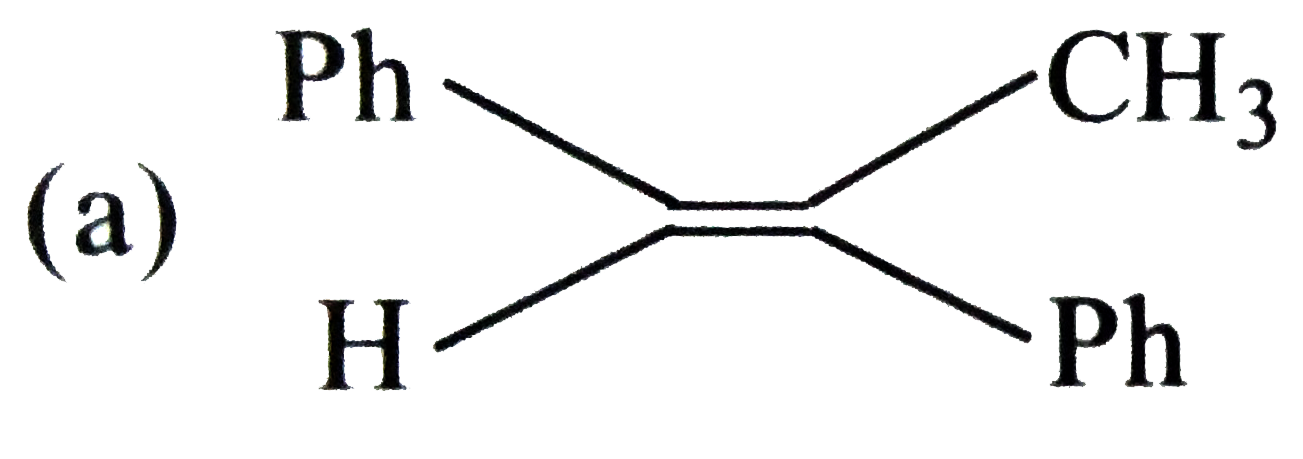 B
B C
C D
D
A tertiary alcohol H upon acid- catalyzed dehydration gives a product I. Ozonolysis of to compounds J and K. Compound J upon reaction with KOH gives benzly alcohol and a compound L, whereas K on reaction with KOH gives only M.

The structures of compound J,K and L respectively , are
View SolutionA tertiary alcohol [H] upon acid catalysed dehydration gives a product [I]. Ozonolysis of [I] leads to compounds [J] to [K]. The compound [J] upon reactions with KOH gives benzyl alcohol a compound [L] wheras [K} on reaction with KOH gives only [M]. The compund [M] has the formula.
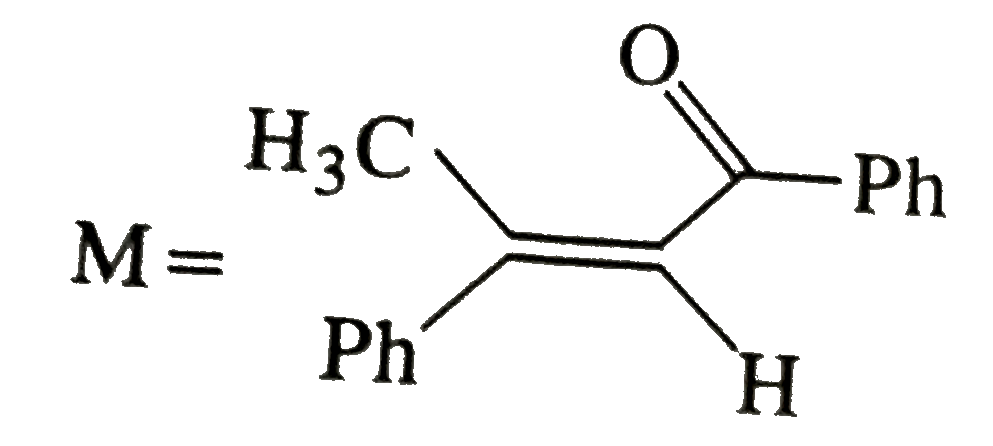
The structure of compound [I] is
View SolutionA tertiary alcohol [H] upon acid catalysed dehydration gives a product [I]. Ozonolysis of [I] leads to compounds [J] to [K]. The compound [J] upon reactions with KOH gives benzyl alcohol a compound [L] wheras [K} on reaction with KOH gives only [M]. The compund [M] has the formula.
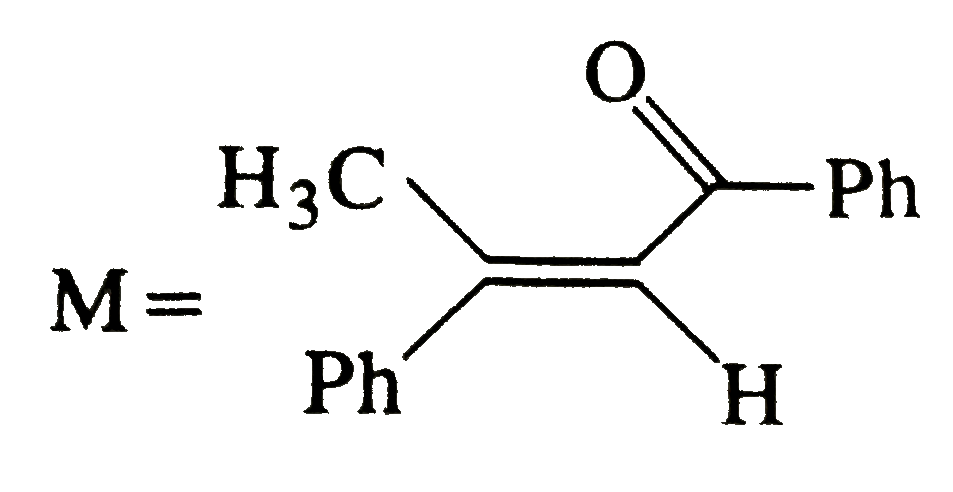
The compound [H] is formed by the reaction og :
View SolutionA tertiary alcohol [H] upon acid catalysed dehydration gives a product [I]. Ozonolysis of [I] leads to compounds [J] to [K]. The compound [J] upon reactions with KOH gives benzyl alcohol a compound [L] wheras [K} on reaction with KOH gives only [M]. The compund [M] has the formula.
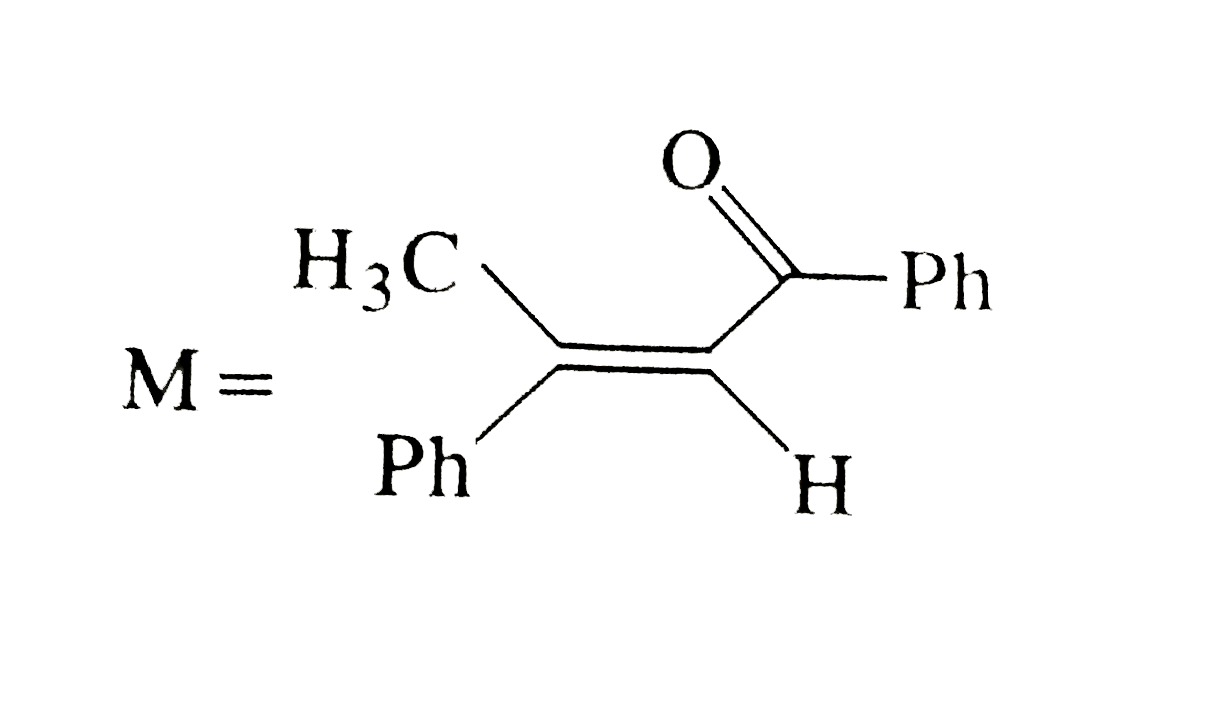
The structure of compounds [J],[K] and [L] are respectively :
View SolutionThe following compound on reaction with HNO2 gives an alcohol
View Solution
